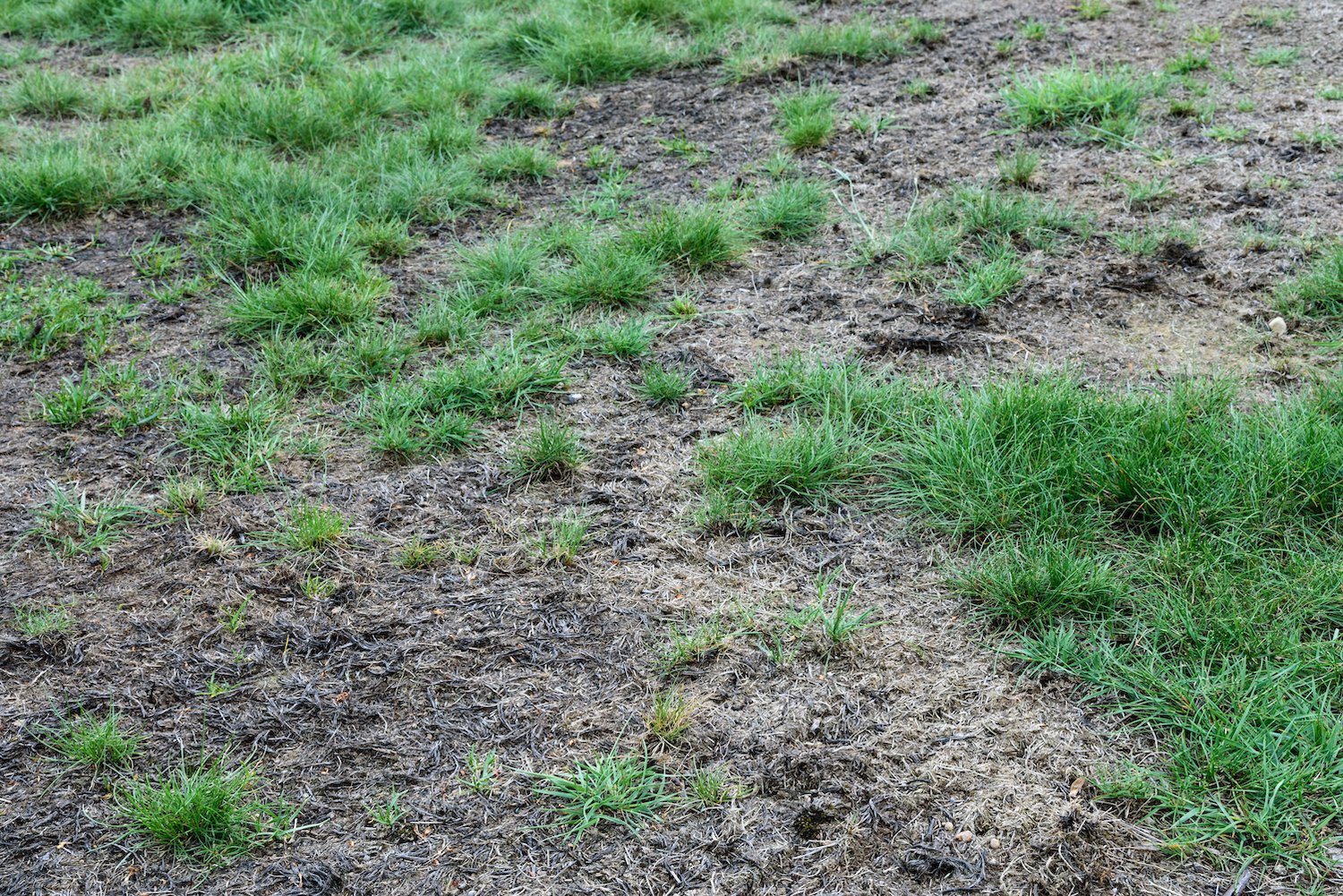Have you ever found yourself pondering, “Will watering dead grass bring it back?” If so, you’re not alone. Many homeowners are looking for ways to restore the lush, green lawns they once had.
However, the harsh reality is that watering dead grass won’t resurrect it. Instead, it’s essential to understand the root causes of grass death and what steps can be taken to revive your lawn.
Table of Contents
The Truth About Watering Dead Grass
The concept of watering dead grass to revive it is a common misconception. Unfortunately, once the grass has died, no amount of water can resuscitate it. In fact, excessive watering can often exacerbate the problem, leading to other lawn issues like fungal growth.
Why Grass Dies: Unraveling the Mystery
The key to lawn revival starts with understanding why your grass died in the first place. Grass can die for numerous reasons, including poor watering practices, inadequate mowing, thatch buildup, low-quality soil, insect infestation, and fungal diseases.

1. Over or Under-Watering
Both underwatering and overwatering can cause your grass to turn brown or die. While grass can withstand short periods of dryness, extended periods without adequate water can lead to grass death. On the other hand, overwatering can oversaturate the soil, hindering grass and root development.
2. Irrigation Problems
An improperly calibrated irrigation system can cause uneven watering, leading to patches of overwatered, green grass, and areas of under-watered, dry grass.
3. Poor Lawn Mowing Practices
The health of your lawn is directly tied to grass length and mowing frequency. Cutting your grass too short can lead to stress and browning during dry periods.
4. Thatch Buildup
Thatch is the organic layer between your lawn’s soil and the grass blades. While a thin layer of thatch can provide benefits, an excess can lead to dark patches and a lawn susceptible to pests and diseases.
5. Low-Quality Soil
Compacted or nutrient-deficient soil can damage your lawn’s root system, leaving it vulnerable to insects and diseases.
6. Insect Infestation
A weakened lawn is an open invitation for pests. Dead grass and brown spots are often signs of an insect infestation.
7. Fungal Diseases
Hot, humid conditions, lack of sunlight, and poor air circulation can lead to fungal outbreaks that cause brown patches on your grass.

The Path to Reviving Your Dead Grass
If your lawn has succumbed to any of the above conditions, it’s time to take action. The process of reviving your dead grass involves assessing the damage, preparing the site, reducing thatch, aerating the soil, fertilizing, and finally, planting new seeds or laying sod.
The steps include:
- Assess the Damage: Determine if your grass is dormant or truly dead. Healthy crowns at the base of the plant suggest dormancy, while discolored or dry crowns indicate death.
- Prepare the Site: Clear the area of weeds and old grass, and spray a nonselective herbicide on affected areas.
- Reduce Thatch: If the thatch layer is too thick, use a power rake or vertical mower to remove excess.
- Aerate the Soil: Tilling the soil to a depth of 5-6 inches can help reintegrate vegetation and improve soil health.
- Fertilize the Soil: After testing your soil for phosphorus levels, distribute the necessary nutrients evenly across the lawn.
- Plant New Seeds or Lay Sod: If large areas of your lawn are dead, laying sod may be the most efficient solution. For smaller patches, seeding could suffice. Make sure to spread seeds evenly and ensure good seed-to-soil contact.
- Roll the Sod or Seeded Area: Rolling the area can help to improve seed-to-soil contact and promote better growth.
- Water Regularly: After planting and rolling, water the area thoroughly. In the first few weeks, daily watering might be necessary. However, ensure the soil is moist, and not soaked. Over time, gradually reduce the frequency of watering to encourage deep root growth.
- Avoid Disturbing the New Grass: Refrain from using heavy equipment or walking over the new grass until the roots have had a chance to establish themselves.

Preventing Future Grass Death
Preventive measures can save you the time and effort of reviving your lawn in the future. Regularly aerate your soil, fertilize in fall and spring, and remove excess thatch to maintain your lawn’s health. While insecticides can be used in dire situations, it’s better to prevent infestations with good lawn care practices, as many insecticides contain harsh chemicals that can affect your soil and water supply.
In summary, watering won’t bring dead grass back to life. The key to a lush, green lawn is understanding the underlying issues causing the grass death and addressing them head-on. With proper care, preventative measures, and a bit of patience, you can restore your lawn to its former glory.

